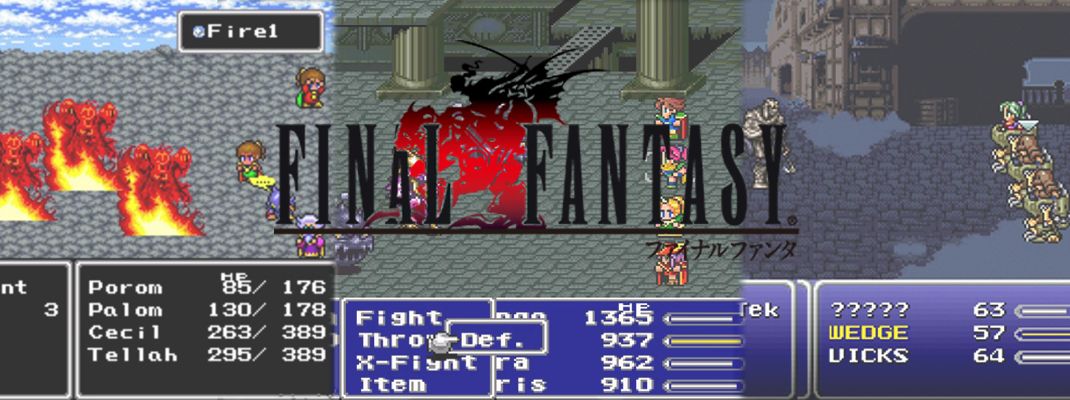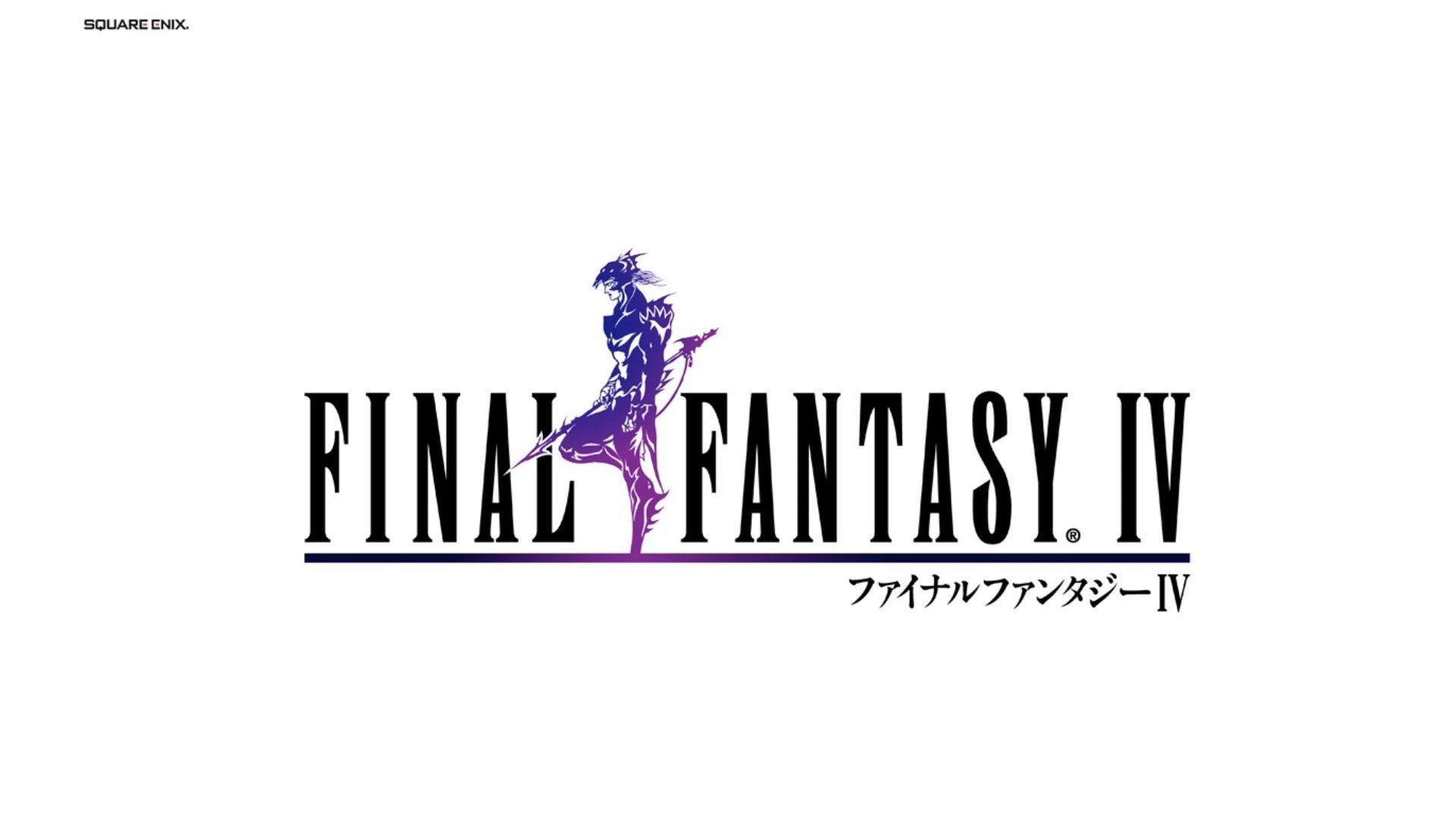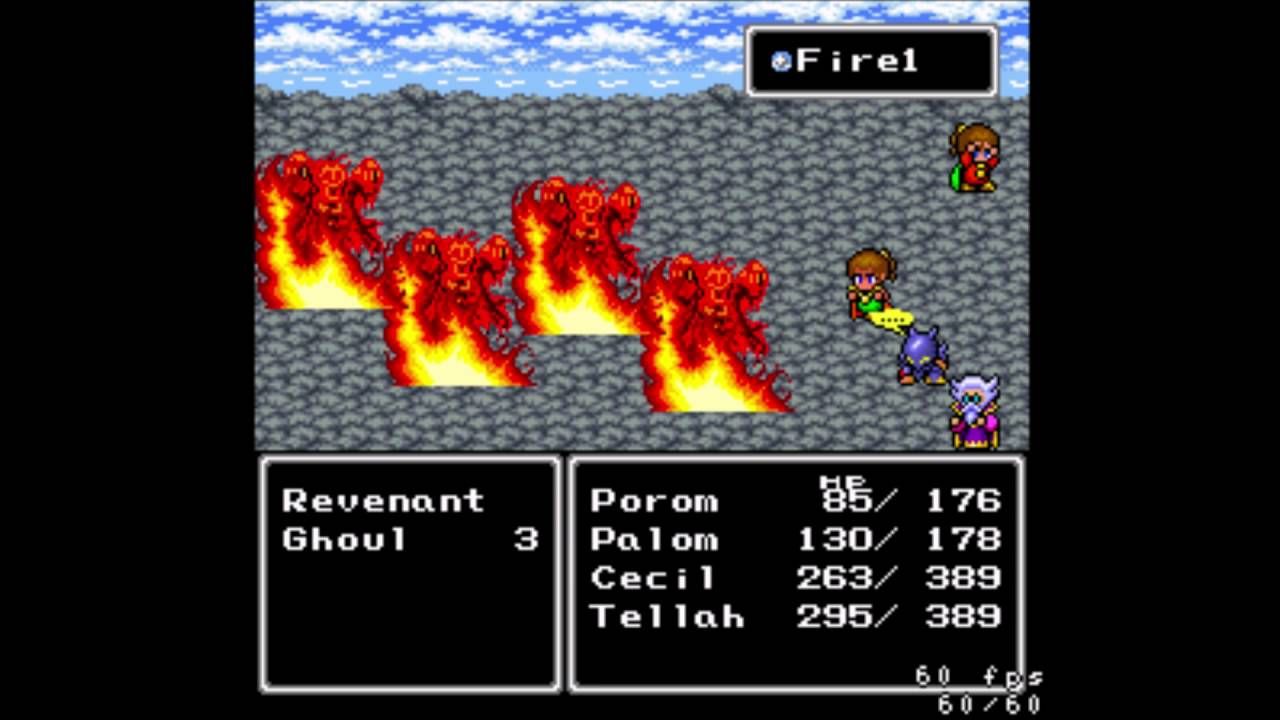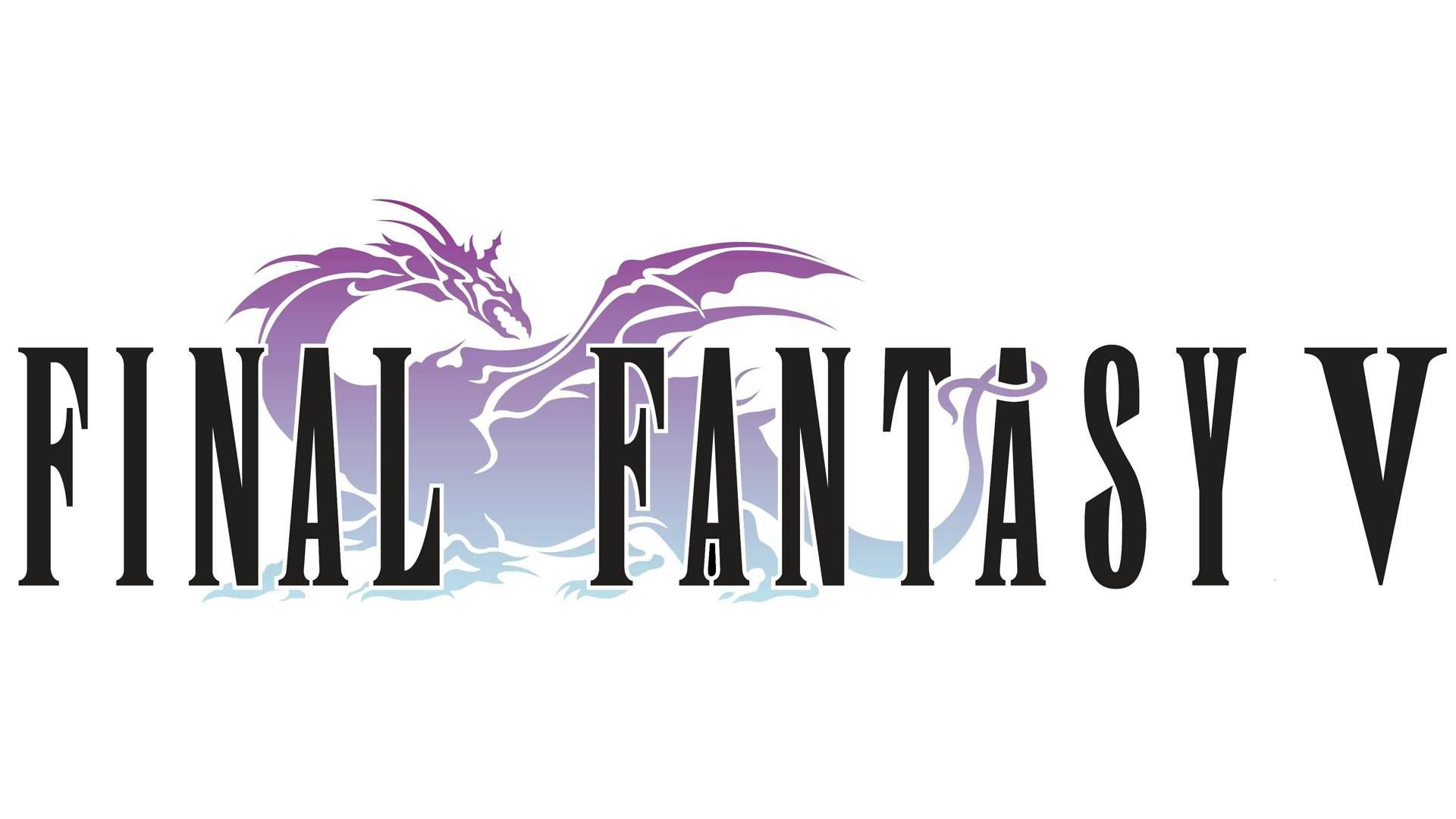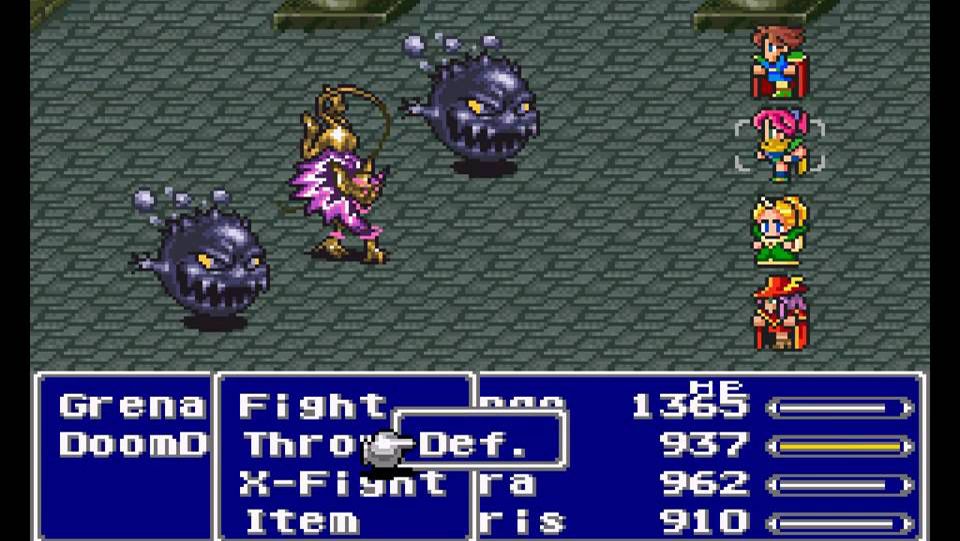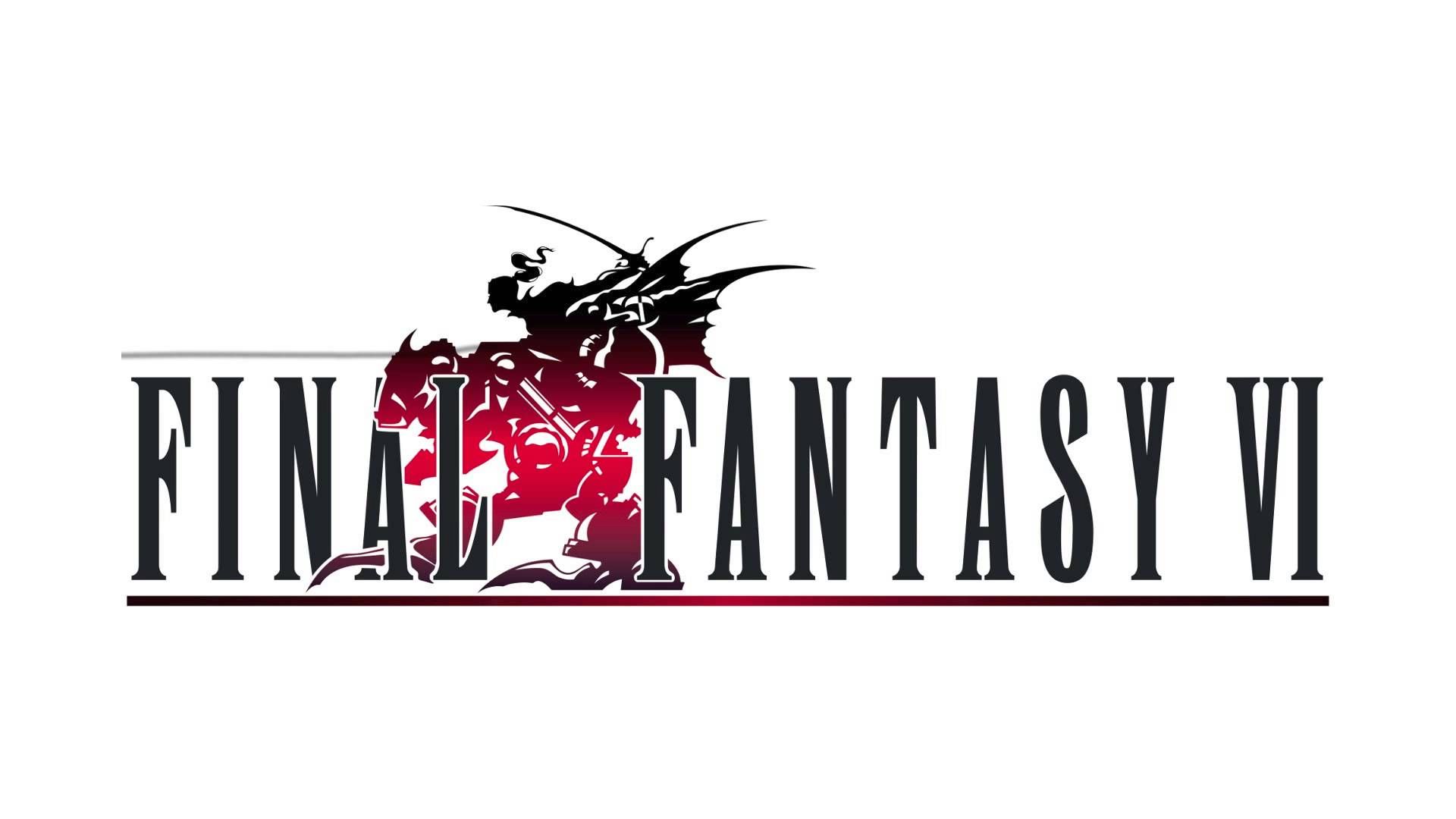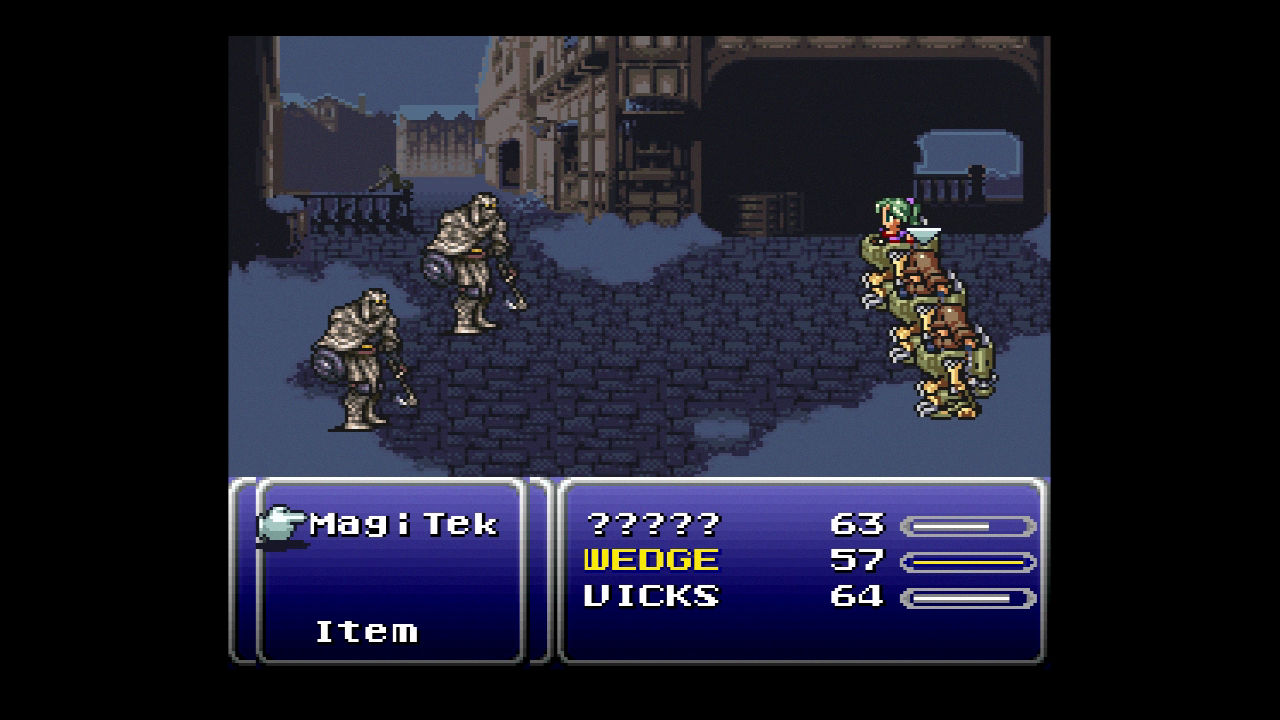Quick Links
Final Fantasy is a series that refuses to rest on its Crown of Laurels. The first three games were made over a four-year period in the late eighties for the 8-Bit Famicom. Only the first game in the franchise came to the west on the NES and fans had to wait well over a decade for the other two installments to hit the PlayStation and Nintendo DS, respectively. We discussed those games and their traditional-turn based battle systems in the first part of this series of articles. But now, it’s time to leap into the nineties and start playing with super power in the glorious 16-bit generation, which housed some of the greatest RPGs ever made.
Let’s dig deep into the three Final Fantasy games on the SNES/Super Famicom systems and look closely at how their much more active battle systems changed the way we played Final Fantasy, and so many other games in the industry, moving forward. Many consider this era to be the peak of the Final Fantasy franchise, due to each game’s engrossing stories, revolutionary gameplay and expressive graphics. Each title in this era is wholly unique, but they do share the same basic core: The Active Time Battle system.
Active Time Battles (ATB) Final Fantasy IV-IX
The Active Time Battle system is both elegantly simple and unendingly complex. Wherein the Traditional Turn-Based Battle system allowed players to take their time to figure out which commands they would issue to their party, the ATB system forced players to make quick decisions, to analyze their characters both individually and as part of a larger party and to take risks with turns that otherwise wouldn’t have been taken in the slower, more deliberate systems of old. The ATB system creates tension in a genre that had long been about a more drawn out and thoughtful series of encounters.
In Active Time Battles, each character on screen operates on both visible and invisible timers. In most games with the ATB system, player characters have their timers displayed plainly on the bottom-right corner of the screen, giving a visual representation of how much time each character has until they can be issued a new command. The gauge will begin to fill up on its own when empty, but depending on the previous command that had been issued, it may fill up more slowly or more quickly than usual. Powerful spells or advanced techniques will typically cause this slowdown to occur, but tasks like using items or defending often yield a faster recharge period. Enemies work on these timers as well, but they aren’t displayed for the player to see. How quickly any gauge fills up is determined by the character’s speed or agility stat. This stat can be temporarily augmented by time magic, used to either hasten or slow down the gauge’s pace, and stopped entirely in some cases.
There’s an impending sense of urgency that this system creates, forcing players to choose their actions as quickly as possible. If the player takes too much time to figure out if they want to use a healing item or cast a spell, enemies will continue to attack whether the player is ready or not. Similarly, the time each action takes must be considered: could character A use a simple attack to defeat enemy B before its gauge is full, or should they take an extra second to use an ability instead? In most games with the ATB system, there were two modes that could be set in the over-world menu: active mode or wait mode. Active mode is as described above, and wait mode made the game easier by pausing enemy actions while players picked commands for their characters. This system proved to be so flexible and popular, it spanned six mainline entries in the series.
The ATB system was created by Hiroyuki Ito for Final Fantasy IV, who would go on to direct Final Fantasy VI, IX and XII. Ito saw the Traditional Turn-Based system he helped create for the first three games as akin to a game of American football, where plays were decided by the coach in a huddle before the players took to the field to execute these actions. With the ATB system, however, he was inspired by Formula One racing – Ito observed how cars would overtake each other, and adapted character speeds to this idea. This simple thought spurred a set of design decisions that determined the future of both Final Fantasy and the entire RPG genre as a whole.
Final Fantasy IV (1991)
Final Fantasy IV was released for the Super Famicom in Japan during July of 1991 and for the Super Nintendo Entertainment System in North America during November of the same year, but it was re-titled Final Fantasy II for this market, as the true second and third entries in the series hadn’t yet come over to the west. Square Co. spent just over a year making the game, which is a shockingly short period of time considering how many major changes FF4 made to the series and how polished the final product was. It continued certain trends established by Final Fantasy II, like its focus on storytelling and its lack of a job system. FF4 was the first game in the series to give every playable character a set class, and there was relatively little customization present throughout its roughly 25-hour campaign.
Though classes were set, there were more playable characters present in Final Fantasy IV than ever before. It featured twelve characters that rotated in and out of the party as the story progressed: Cecil the Dark Knight (and later Paladin), Kain the Dragoon, Rosa the White Mage, Rydia the Summoner, Tellah the Sage, Edward the Bard, Yang the Monk, Palom the White Mage and Porom the Black mage, Cid the airship engineer, Edge the Ninja and Fusoya the Lunarian. Cecil was the only character present in the party throughout the entire game, and the story dictated which characters were and weren’t in the group. Often times, characters would leave the party because they died in the story, or they would exit for their own reasons, only to return at a later point.
Because there were so many characters in Final Fantasy 4, it remains the only mainline Final Fantasy game to include five playable characters in the battling party – though, if there were less than five characters in the party at that point in the story, there would be less to battle with accordingly. The row system introduced in FF2 returned, though its role in the gameplay became far more nuanced. In most Final Fantasy games, the player can actively choose which row each character was placed in, but in FF4, the game forced three characters into one row, and two into the other – though which characters inhabited which row was still up to the player’s discretion. Those in the front row landed more powerful attacks with melee weapons, but also received more damage from physical attacks. Ranged weapons like bows and boomerangs retained their effectiveness regardless of which row their character was in, as did offensive magic. The two rows could swap places mid-battle if the player chose the Swap command, a useful trick to use in conjunction with the game’s new encounter system.
Final Fantasy 4 wasn’t the first game in the series to use back attacks or preemptive strikes during battle, but in tandem with the ATB system, random encounters became much more interesting. The majority of the time, the battle would begin with a normal encounter, where the characters were in their assigned rows on the left side of the screen, and their gauges filled as they normally would. In preemptive strikes, the ATB gauge of each character was full at the start of the battle, and in surprise attacks, they began empty and didn’t even start to fill until the enemies had finished making their moves. Then there were back attacks, where (naturally) enemies attacked the party from behind – in these instances, the enemies took up the right side of the screen, and the party was forced to the left, flipping their row formation in the process. This is why the Swap command proved to be so useful.
Though leveling up party members was a relatively hands-off affair this time around, players could put their stamp on their team by fiddling with their five equipment slots. Characters could equip weapons or shields in their right or left hands – or a two-handed weapon in both, as well as head armor and body armor. This allowed for a relatively flexible system that players could take advantage of to not only improve their character’s offensive and defensive stats, but imbue them with elemental wards and make them immune to certain status effects. Spells couldn’t be bought or obtained throughout the game, instead they were granted to characters once they reached certain levels, or if they learned it through a particular story beat in the campaign.
Final Fantasy 4 is the only game with an ATB system that did not have a visual indicator for each character’s ATB gauge. Instead, the options for the player to command each character simply appeared when their turn was up. This was changed in most future ports and remakes of FF4, as the ATB system operates much more smoothly if the player can actually see it at work. Additionally, the version America originally received had many changes from its Japanese counterpart. It was, by and large, much easier; certain spells, curative items, and attack items were removed; many items cost less, secret passages were made visible, and various other aspects were changed (particularly those relating to religious or sexual content). The only version of the game that was given the title “Final Fantasy II” was the original SNES release, and all future ports and remakes were given the proper title of “Final Fantasy 4.”
Final Fantasy V (1992)
The last Final Fantasy game to not have an initial western release, Final Fantasy V was the culmination of Square Co.’s work with the job system initiated in the original Final Fantasy and refined in Final Fantasy III. FF5 also returned to FF3’s more lax style of storytelling, putting its emphasis on gameplay rather than narrative. It did, however, give names to the game’s five protagonists: Bartz, Lenna, Galuf, Faris and Krile (Krile was Galuf’s granddaughter, and would inherit his level, abilities, skillset and more after he passed away late in the story). The lineup of characters in battle was reduced to four once more and none of the five player controlled characters had set classes of their own.
Final Fantasy 5 had 22 jobs that the player could mix and match between these four characters – the same number of jobs that were in Final Fantasy 3. This job system, however, allowed for even further customization, by allowing for what fans have since dubbed “multi-classing.” In FF5, characters once again earned two different kinds of experience points: traditional XP that made the character’s overall level advance, and ABP, shorthand for Ability Points. After gaining enough ABP for any particular job, that job’s level would increase and the character would gain a new ability with it. Each ability learned by any particular job could be used while it was equipped, but now those abilities could be assigned as a sort of “sub-ability” to any job the player decided. With this system, a character could benefit from the strong attack and defense of an equipped Knight job, but also use time magic at their leisure.
Though the majority of the jobs were carry overs from past Final Fantasy games, there were nine entirely new jobs that infused fresh life into this fifth installment. The Blue Mage could learn enemy attacks and use them in future battles, the Berserker had high stamina and strength but were always in a state of uncontrollable rage, the Sorcerer (or Mystic Knight) augmented character attacks with elemental or status effects, the Time Mage utilized magic that could speed up, slow down, or stop the flow of time, the Trainer (or Beast Master) had the ability to manipulate monsters for the party’s benefit, the Samurai wielded katanas that have high critical hit rates, the Dancer randomly inflicted charm, absorbed HP or MP from an opponent, or attacked at four times their regular strength, the Chemist could mix items for combined effects, and the Mime used the mimic ability which copied the previous character’s action without wasting MP or items. The Mime and starting Freelancer class actively grew stronger as each character mastered more jobs throughout the game, ultimately making them two of the strongest jobs in FFV. In the Game Boy Advance and subsequent remakes of the game, four new jobs were added: Necromancer, Cannoneer, Gladiator and Oracle.
Just as in Final Fantasy III, the four characters could gain new jobs by obtaining shards of the four elemental crystals at different points in the game. Assigning jobs for each character to master became a game in-and-of-itself throughout Final Fantasy V, as each character slowly became their own tour de force in specific fields. Characters who often focused on magic casting jobs would make ultimate mages by the game’s end, and those who decided to combine physical abilities and attributes would tear through enemies with ease. Some abilities needed to be actively used, like blue magic spells, and others were passive and always available, like the capacity to wield katanas.
Final Fantasy V was the first game in the series to display the Active Time Battle gauges of each character on the bottom right corner of the battle screen – a fixture that would remain for four more entries. It also introduced accessories: items that augmented character stats and would become a series staple from that point onward. As it stands, FF5 is the ultimate realization of the job system that FF3 first attempted, and though it’s often forgotten in the eyes of western audiences because of its delayed release, it truly is one of the deepest, most enjoyable games in the series. It first came to the west in 1999 on the PlayStation’s Final Fantasy Anthology along with a port of Final Fantasy VI. Square Co. initially attempted to translate and release FF5 for the west back in 1995, but according to Ted Woosley, the translator working on the game, they thought FF5 would be too complicated for western gamers, and instead made the meek and absolutely forgettable Final Fantasy Mystic Quest. This was the last mainline Final Fantasy game to use a job system until the MMOs Final Fantasy XI and XIV hit the market.
Final Fantasy VI (1994)
Often considered to be one of the best role-playing games of all time, Final Fantasy VI was the ultimate realization of everything the series had attempted in its first five entries. It had a thrilling and emotional story, deep and engaging gameplay, and gorgeous and detailed graphics. It was released in Japan for the Super Famicom in April 1994, and in the west on the SNES later that year as Final Fantasy III. It was the last Final Fantasy game to be given an augmented title, as Square Co. found it safe to call Final Fantasy VII by its proper name when it came to the PlayStation 1 three years later.
Final Fantasy VI includes many of the best elements of its preceding titles: a fine-tuned ATB system with visible character gauges, characters with set jobs that correlate directly with their personalities and plot, highly inventive enemy and boss encounters that forced the player to strategize their every move as best as possible, and an unforgettable cast of characters. It was also the first Final Fantasy game to revolve much of its plot around summons, though this time they were known as Espers, using the dynamic Magicite system.
Long ago, magical, intelligent beings known as Espers coexisted with humans for some time, until the humans learned to harness magic and the War of the Magi broke out. As the Espers were defeated by these Magi, they left behind a concentrated remnant of their magic, known as Magicite. A thousand years passed, and Magicite have become rare gems sought after by the Empire to gain magical power. Player characters can equip one piece of Magicite at a time, granting them temporary stat boosts, permanent stat bonuses upon leveling up, teach them new spells and skills, and summon the Esper that the stone was generated from. Even though each character had their own class with specific commands unique to them, they could all learn these abilities from Magicite by earning Magic Points, allowing players to shape the characters however they saw fit. Some spells would be learned at a faster rate than others, and some Magicite housed unique spells, like Ultima, that took a lot of Magic Points to learn. Once learned, the equipped Magicite was no longer necessary for a character to use its spells or skills, and could be given to another party member to start learning for themselves. What skills couldn't be taught by Magicite could often be obtained by equipping relics, pieces of equipment which every character had two open slots for.There were 27 pieces of Magicite throughout the game: many were obtained through the story, and others were optional items obtained by undertaking elaborate side-quests.
Final Fantasy VI is unique for not having a primary character. In past games with focused plots, Firion, Cecil and Bartz were clearly their game's main protagonists, but FF6 had so many characters that were showcased prominently and had major stakes in the plot, it’s difficult to call just one of the fourteen permanent party members the most important. There’s Terra, a girl born to both human and Esper parents who has been imprisoned by the empire using a mind-control device. Locke is a treasure hunter who the player controls for much of the early game and he joins the rebel faction known as the Returners in their fight against the Empire. Edgar is the king of Figaro, a country that pretends to support the Empire when they’re actually supplying the Returners in secret. His brother Sabin abandoned his lineage in order to become a disciplined monk. Celes is a former general of the Empire who is put in prison for questioning the Empire’s actions. Setzer is a gambler and airship pilot with a tortured past. Cyan was a knight of the ancient nation Doma, which is devastated by the Empire. Gau is a feral child with an unknown past. Shadow is a ninja who acts as a mercenary for both the Empire and the Returners. Strago is a blue mage and one of the few surviving Magi. Realm is his adopted granddaughter with a magical knack for painting. The optional character Mog is a dancing moogle that sympathizes with the Returners. Another optional character Umaro is a powerful yeti that only speaks with Mog. And finally, there's the third optional character Gogo, a mysterious mime found in the stomach of a monster. They all join together in order to take down the diabolical Kefka – a psychopathic court mage who becomes a god and succeeds in (temporarily) ending the world.
Because there were so many party members, Final Fantasy 6 was the first game in the series to allow the player to swap whichever characters were available at that time in the story. In Final Fantasy 4, various characters came and went, but these fourteen playable characters typically remained in the party once they joined, and if the player liked their special abilities and particular stats, they could be chosen often to fight in battles. Battles became more dynamic, too, as special encounters like back attacks and preemptive strikes were joined by pincer attacks, where the party was attacked on both sides by enemies, and row formations were either counted as front or back rows depending on which side they were attacking, and which side they were being attacked from. There were also times in the game in which the party would be split by the narrative, allowing the player to control multiple small groups of party members separately, solving puzzles and clearing dungeons in unique new ways. Giving further individuality to these fourteen characters, Square developed the Desperation Attack system. In this system, if any character reached critical HP (1/8 of their max HP) they would have a 1 out of 16 chance to pull off a uniquely strong move, like Locke's Mirage Dive or Setzer's Red Card attack. This made every character even more unique, though most players never let their HP get low enough to see these Desperation Attacks happen all that often. This idea of character-specific ultimate attacks would evolve in the series from this point on.
Final Fantasy VI didn’t revolutionize JRPGs like the first Final Fantasy did with its unseen dense gameplay or like Final Fantasy IV did with its newfound focus on story and the advent of the ATB system. It did, however, set a high bar in quality that many fans feel has yet to be surpassed by another Final Fantasy, other RPGs or even any other video game at large. FF6 is a testament to storytelling, dynamic gameplay, and a relentless attention to detail and quality. It’s hard to imagine Square Co. developing a game more popular than Final Fantasy VI, but the 3D era was dawning and Final Fantasy would be at the forefront of this brave new world.
That wraps up our excavation of the 16-Bit Super Nintendo Final Fantasy games and our examination of their battle and leveling systems. Stay tuned for the third part of our look into the evolution of this franchise, which will detail the three mainline PlayStation 1 Final Fantasy games and their continued fine-tuning of the ATB system.

